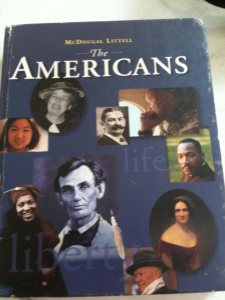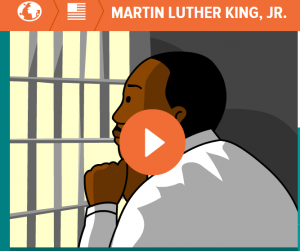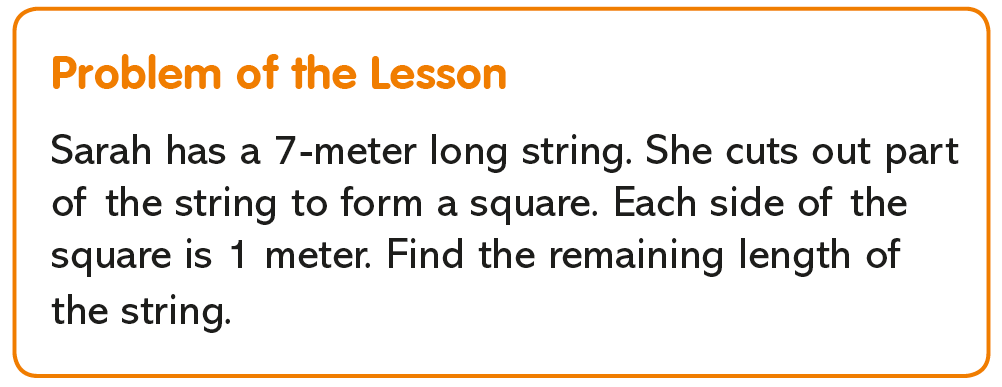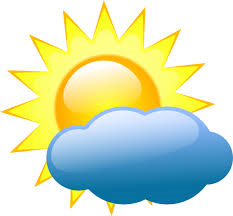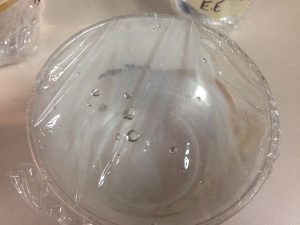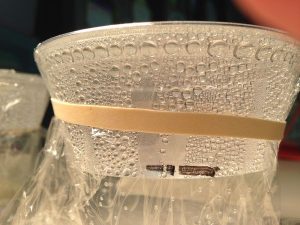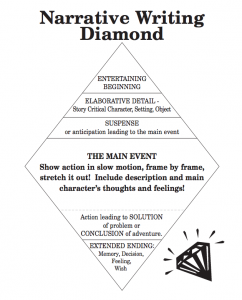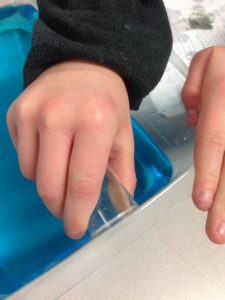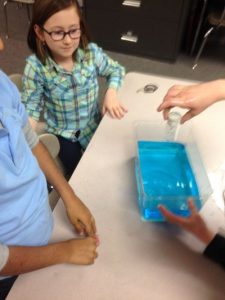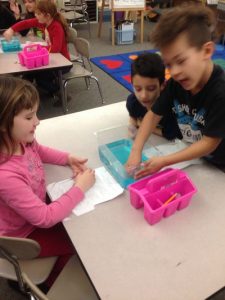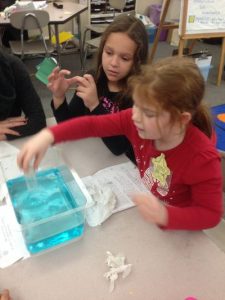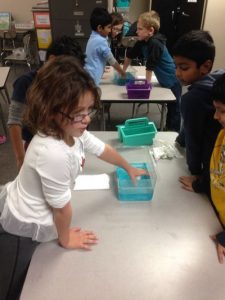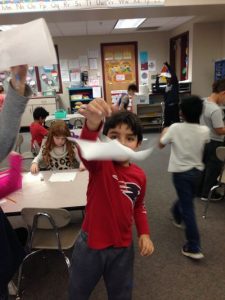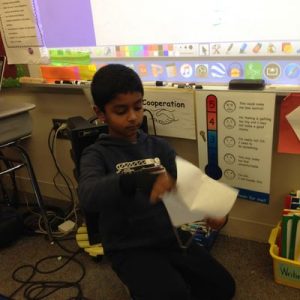Posted by kavery508 | Posted in Uncategorized | Posted on January 23, 2017
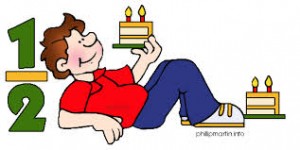 We’re halfway to the end of the year! This is a good time to reflect on our journey, and to thank you for your efforts as partners in your child’s education. It’s remarkable how much growth the kids have shown, from learning skills and critical thinking to their growth as caring members of our learning community. To foster self-reflection, try asking your child to compare how s/he is different now from the start of the year. What things can s/he do now that s/he couldn’t before? What things does s/he still want to learn (goals) and how can they get there?
We’re halfway to the end of the year! This is a good time to reflect on our journey, and to thank you for your efforts as partners in your child’s education. It’s remarkable how much growth the kids have shown, from learning skills and critical thinking to their growth as caring members of our learning community. To foster self-reflection, try asking your child to compare how s/he is different now from the start of the year. What things can s/he do now that s/he couldn’t before? What things does s/he still want to learn (goals) and how can they get there?
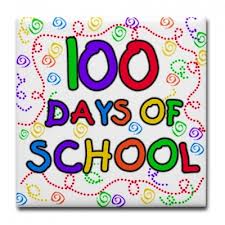 Of course, this means the 100th day of school is two weeks away (at this time, Feb. 6)! I will set up a “100 Day Museum” to show off student projects and learning. I encourage children to create a poster/collection/display/etc. that somehow represents 100. Instead of simply collecting 100 things in a bag, I’m challenging students to think more deeply about number. They could bring/show something that displays an understanding of number, patterns, and/or the math we’ve done so far, such as:
Of course, this means the 100th day of school is two weeks away (at this time, Feb. 6)! I will set up a “100 Day Museum” to show off student projects and learning. I encourage children to create a poster/collection/display/etc. that somehow represents 100. Instead of simply collecting 100 things in a bag, I’m challenging students to think more deeply about number. They could bring/show something that displays an understanding of number, patterns, and/or the math we’ve done so far, such as:
- grouping objects (stickers/pennies/etc.) on a poster that shows counting (and/or multiplying) by 5s, 10s, 2s, etc., with accompanying multiplication or repeated addition sentences
- bar models using the number 100
- create real-world problems with 100
Click here and scroll down for a look at the creative ways last year’s class took on this challenge. There is also a plethora of projects and ideas on Google and Pinterest and across the web if you’re looking for ideas!
 Our work with Opinion writing is paying off! Students are being taught to state reasons for opinions and follow up with explanations. This is the foundation for paragraph organization. Check out these examples from 1) Teagan and 2) Prisha on “Why Summer is the Best Season,” and 3) Tee Jay on “Which Actor is the Most Popular” (Will Ferrell): 1) Another reason is you can go to Cape Cod. You can stay in a beach house and go to the beach and jump in the waves. Cape Cod also has a bunch of good places to eat for dinner, lunch, and breakfast. 2) Last, we can go to different places in the summer, like amusement parks, water parks, and more. These parks are only open in the summer. 3) Another reason is he is very funny in the movies that I watched. I laugh when he is funny, like when he was testing the jack-in-the-box and it jumped out and scared him! Fantastic!
Our work with Opinion writing is paying off! Students are being taught to state reasons for opinions and follow up with explanations. This is the foundation for paragraph organization. Check out these examples from 1) Teagan and 2) Prisha on “Why Summer is the Best Season,” and 3) Tee Jay on “Which Actor is the Most Popular” (Will Ferrell): 1) Another reason is you can go to Cape Cod. You can stay in a beach house and go to the beach and jump in the waves. Cape Cod also has a bunch of good places to eat for dinner, lunch, and breakfast. 2) Last, we can go to different places in the summer, like amusement parks, water parks, and more. These parks are only open in the summer. 3) Another reason is he is very funny in the movies that I watched. I laugh when he is funny, like when he was testing the jack-in-the-box and it jumped out and scared him! Fantastic!
 The next chapter we will take on in Math In Focus is Chapter 10. If you are following along in the eBook, this is the first chapter in Book B. This chapter sees a return to mental math strategies. The goal here is to make students ever more fluent with numbers by using their understanding of numbers and patterns to compute in their heads. This is where our hard work with place value, number sense, and math facts pays off! Here is the addition strategies we will focus on this week:
The next chapter we will take on in Math In Focus is Chapter 10. If you are following along in the eBook, this is the first chapter in Book B. This chapter sees a return to mental math strategies. The goal here is to make students ever more fluent with numbers by using their understanding of numbers and patterns to compute in their heads. This is where our hard work with place value, number sense, and math facts pays off! Here is the addition strategies we will focus on this week:
1. Add multiples of 1s, 10s, or 100s when you can:
a. 354 + 3 Just add the ones; nothing else needs to change.
b. 354 + 30 Just count up by 10s…364, 374, 384 or Use math facts: 5 + 3 is 8, so 50 + 30 is 80–nothing else changes but the 10s place.
c. 354 + 300 Just count by 100 three times…454, 554, 654. or Use math facts: 3 + 3 = 6 so 300 + 300 = 600.
 In Social Studies, our study of geography continues with a look at continents and oceans. We will use a variety of maps to delve into the natural and cultural features of the 7 continents, identify continents and oceans, and more. National Geographic Online and National Geographic for Kids are fantastic stops for all things geographical, including the photos for which they are famous as well as games and articles for kids. Check out these awesome interactive maps: http://www.nationalgeographic.com/kids-world-atlas/maps.html
In Social Studies, our study of geography continues with a look at continents and oceans. We will use a variety of maps to delve into the natural and cultural features of the 7 continents, identify continents and oceans, and more. National Geographic Online and National Geographic for Kids are fantastic stops for all things geographical, including the photos for which they are famous as well as games and articles for kids. Check out these awesome interactive maps: http://www.nationalgeographic.com/kids-world-atlas/maps.html

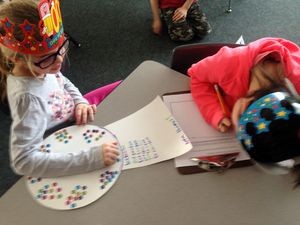
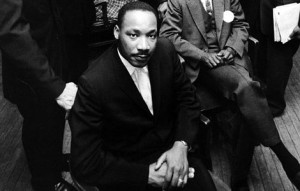 I hope you had a great holiday! In class we learned about the defining moments in the life of MLK using nonfiction text, and analyzed them in terms of the character traits he displayed. We’ll next analyze the achievements of Helen Keller and other famous Americans. Besides learning about history and government, the ultimate goal of our work is to instill in children a sense of civic responsibility, so that when they take their place as citizen leaders they can make their communities, their country, and their world a better place!
I hope you had a great holiday! In class we learned about the defining moments in the life of MLK using nonfiction text, and analyzed them in terms of the character traits he displayed. We’ll next analyze the achievements of Helen Keller and other famous Americans. Besides learning about history and government, the ultimate goal of our work is to instill in children a sense of civic responsibility, so that when they take their place as citizen leaders they can make their communities, their country, and their world a better place!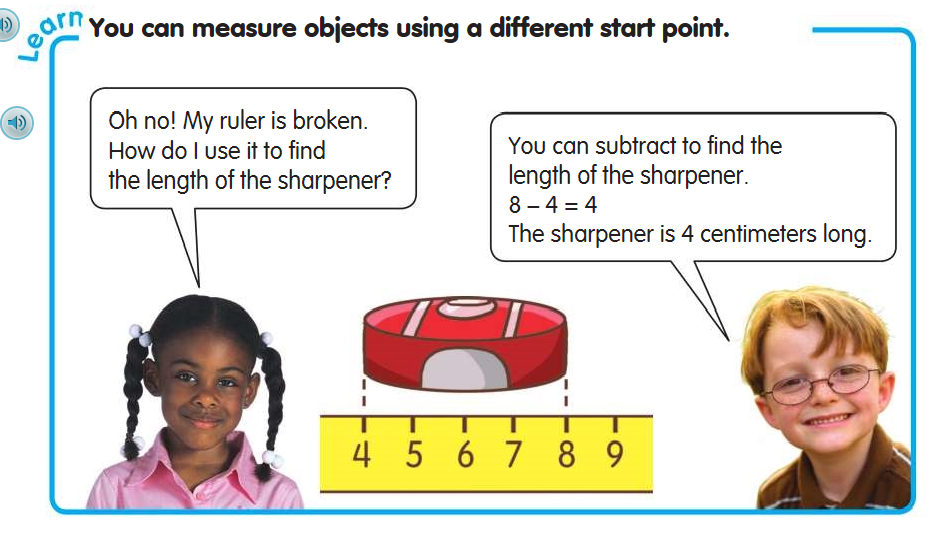 This week’s math introduces students to a new concept in measurement: the broken ruler. Check out the example above. Here, students are being taught to develop an understanding of length that goes beyond lining up a ruler at “0” and reading the number at the end. You will see examples of it on this week’s homework. Students need to count the centimeters when measuring and comparing in order to understand what the numbers involved mean in terms of length. We will also be learning to represent lengths using bar models. For a reminder, see the bar modeling section of the homework packet from chapter 4.
This week’s math introduces students to a new concept in measurement: the broken ruler. Check out the example above. Here, students are being taught to develop an understanding of length that goes beyond lining up a ruler at “0” and reading the number at the end. You will see examples of it on this week’s homework. Students need to count the centimeters when measuring and comparing in order to understand what the numbers involved mean in terms of length. We will also be learning to represent lengths using bar models. For a reminder, see the bar modeling section of the homework packet from chapter 4.

